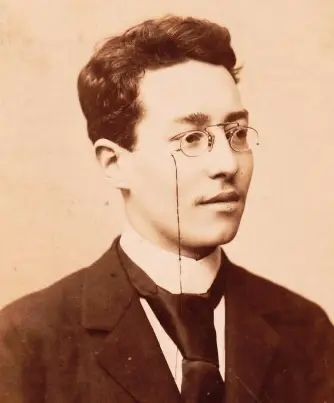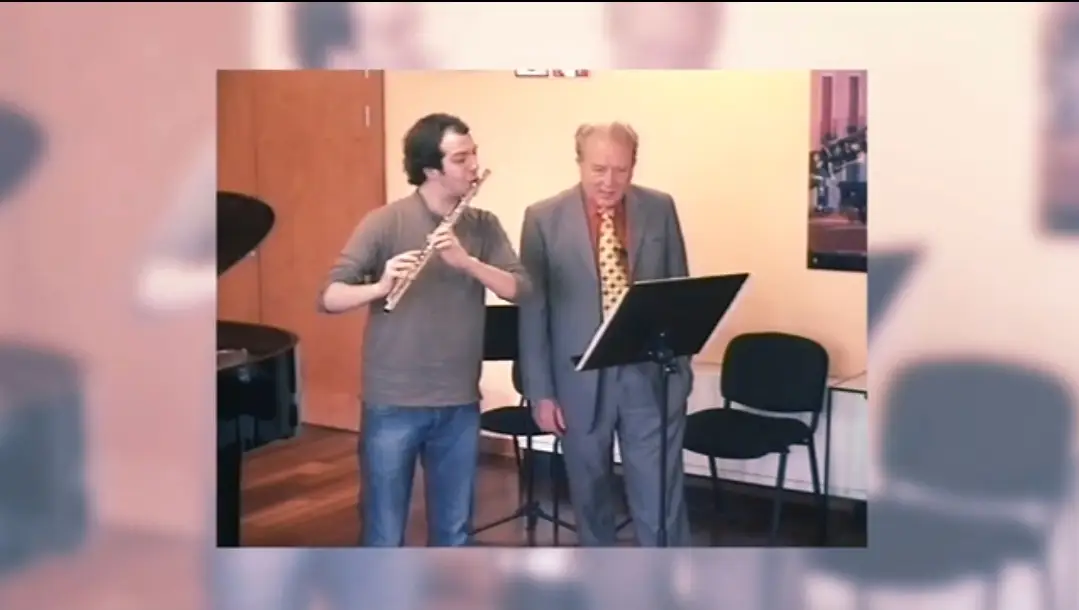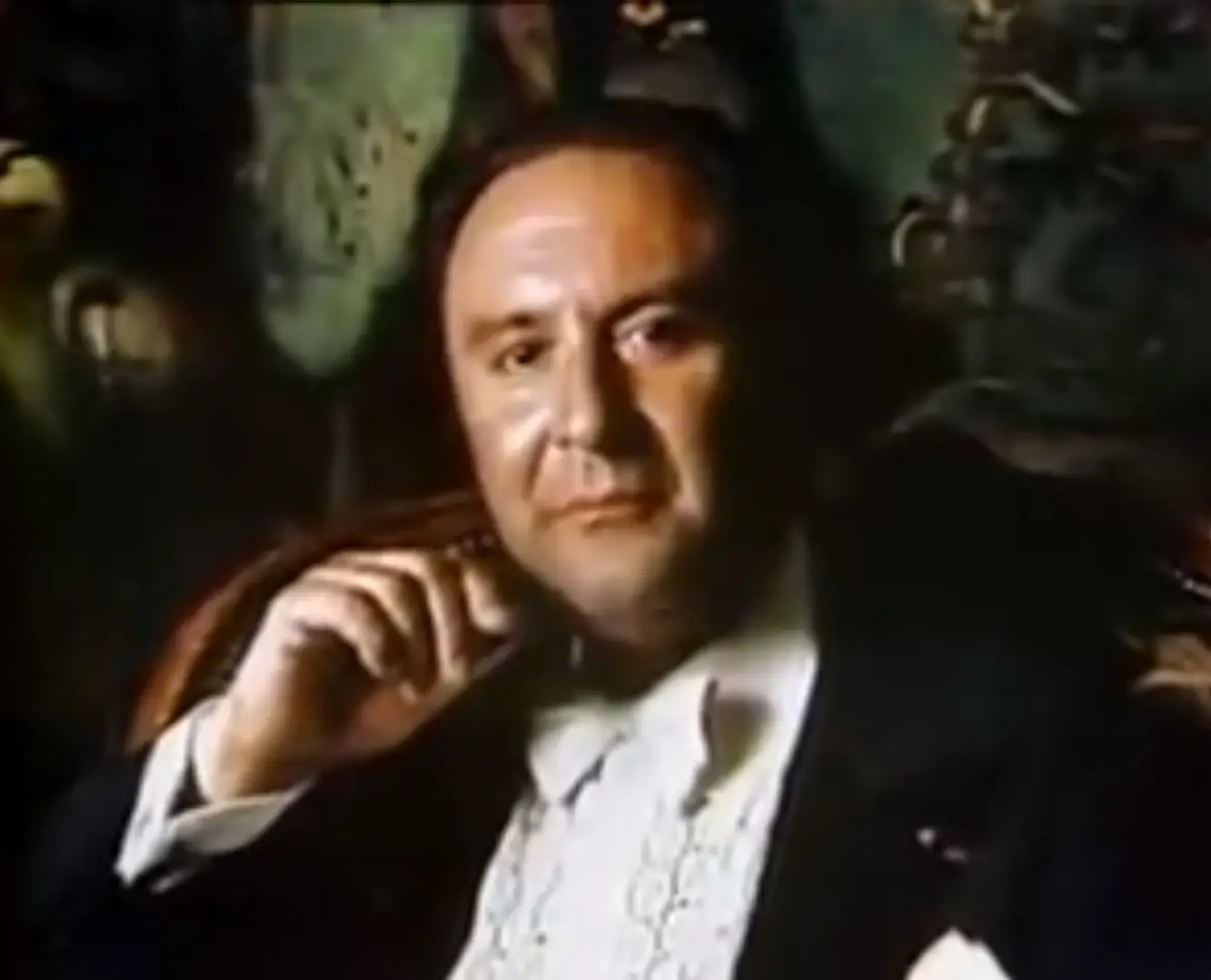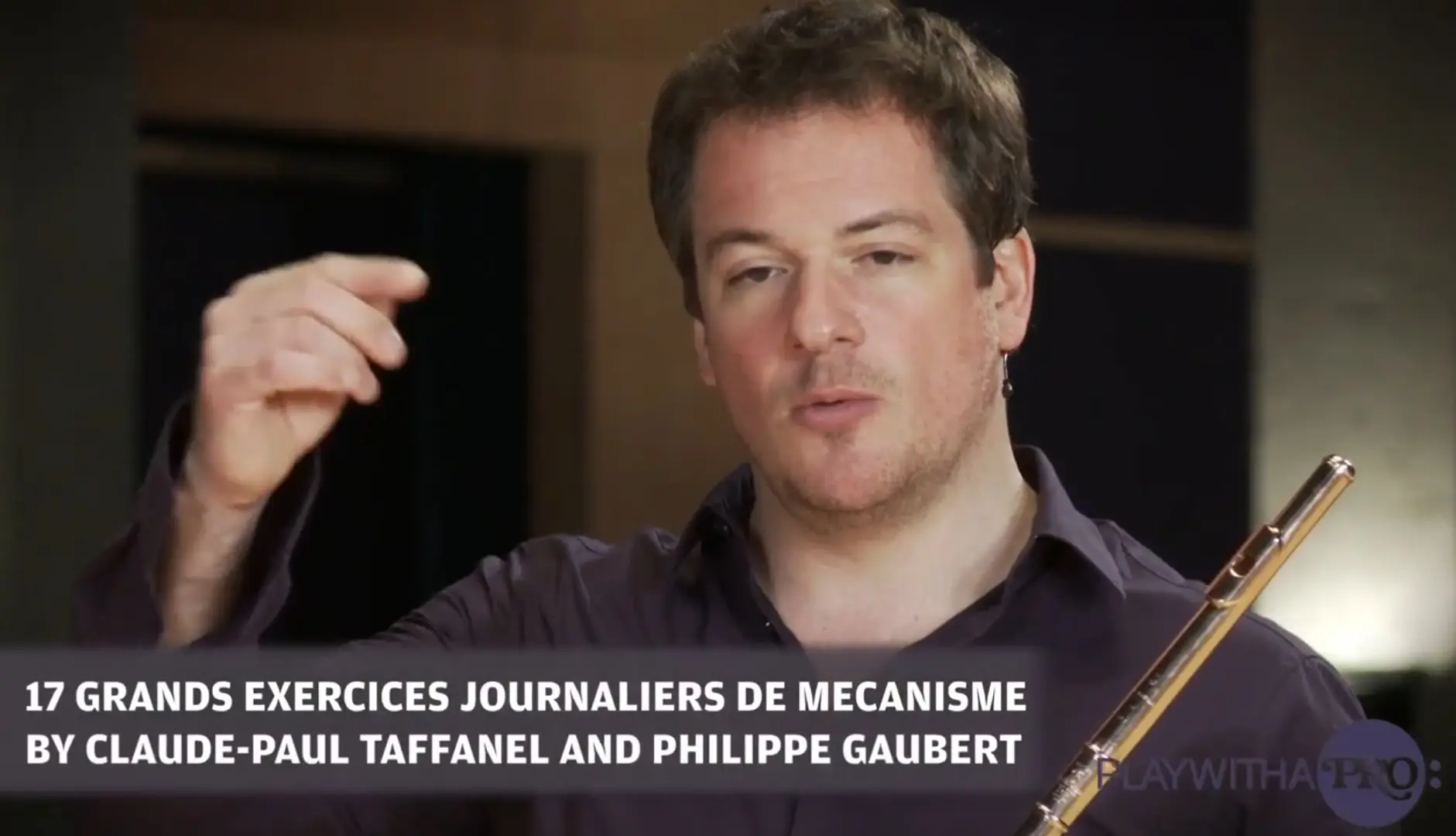Leonard Garrison, Associate Professor of Flute at the University of Idaho, and pianist Roger McVey provide performance tips for Petite Suite, Op. 12, by Henri Büsser. Büsser’s solo is a popular selection for solo and ensemble contests.
Henri Büsser

Henri Büsser (1872-1973) was a prolific French composer, conductor, and music educator. He is well known for his contributions to both opera and chamber music. One of his notable compositions is the “Petite Suite for Flute and Piano, Op. 12.” This suite, published by Durand in 1924, serves as an excellent intermediate piece for flute students. It introduces several technical challenges, such as tone beauty and flexibility, clear articulation, and coordination between the flute and piano parts.
The “Petite Suite” consists of four movements:
- En Sourdine (“Muted”): This relaxed Andante poco adagio movement features a delicate sound, emulating a muted violin.
- Valse Lente (“Slow Waltz”): This movement requires precise dynamic shading and expressive phrasing.
- Vielle Chanson (“Old Song”): A very expressive piece with significant vibrato and dynamic contrast.
- Scherzetto: A light and playful piece demanding brisk tempo and accurate playing.
The suite is characterized by its charming and idyllic atmosphere, reminiscent of the Fêtes galantes depicted in the paintings of Jean-Antoine Watteau. It captures a playful and elegant spirit, making it a delightful piece for both performers and audiences










